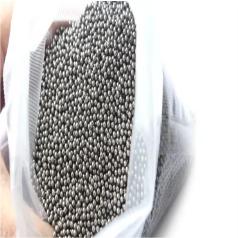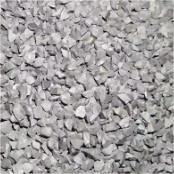**From Raw Metal to Lifesaving Armor: The Journey of Bulletproof Steel Plates**
(How Steel Plate Metal Body Armor Bulletproof Is Made)
Bulletproof steel plates aren’t just chunks of metal. They’re carefully crafted shields designed to stop bullets cold. Let’s dive into how ordinary steel becomes armor tough enough to save lives.
It starts with the right steel. Not all metals can handle the job. Manufacturers pick high-hardness steel alloys, like AR500 or AR550. These grades are packed with carbon and other elements. This mix makes the steel super strong. But raw steel sheets aren’t bulletproof yet. They need a transformation.
First, the steel is cut into plates. Lasers or water jets slice through the metal with precision. These machines follow digital blueprints to shape the plates. Sizes vary. Some fit chest carriers. Others protect smaller areas. Next, edges are smoothed. Sharp corners could tear gear—or skin.
Now comes the magic step: heat treatment. The plates are heated in giant ovens until they glow. Temperatures hit around 1500°F. After baking, they’re quickly cooled. This process, called quenching, locks in hardness. Think of it like forging a sword. The steel becomes tougher, less brittle. But there’s a catch. Too hard, and the plate might shatter. Too soft, and bullets punch through. Experts balance this like a recipe.
Once cooled, the plates get a curve. Flat armor works, but curved plates do better. They spread bullet impact over a wider area. Plus, they fit the body naturally. Hydraulic presses bend the steel into gentle arcs. It’s like shaping a metal hug for the wearer.
Testing is next. Every plate faces a brutal exam. Ballistic labs fire real bullets at them. Calibers range from handgun rounds to high-powered rifles. Sensors measure speed and impact. If a plate stops the bullet without cracking, it passes. Failures go back to the workshop. Tests repeat until the armor meets strict standards.
But there’s more. Even perfect steel can rust. To prevent this, plates get coatings. Some are sprayed with rubberized textures. Others are painted with slick finishes. These layers fight moisture and scratches. Bonus: coatings reduce glare. Shiny armor isn’t stealthy.
Finally, the plates are checked for fit. They slide into carriers made of fabrics like Kevlar. The carrier holds them snug against the body. Together, steel and fabric create a flexible defense system. Soldiers, police, or security teams can move freely while staying protected.
Making bulletproof steel isn’t fast. It’s a mix of science, engineering, and relentless testing. Each step matters. A tiny flaw could cost a life. That’s why manufacturers obsess over details. From glowing ovens to bullet-riddled test chambers, the process turns cold metal into warm reassurance.
(How Steel Plate Metal Body Armor Bulletproof Is Made)
Bulletproof armor doesn’t shout. It doesn’t need to. Its strength speaks in quiet confidence—and in the lives it guards every day.
Inquiry us
if you want to want to know more, please feel free to contact us. (nanotrun@yahoo.com)


